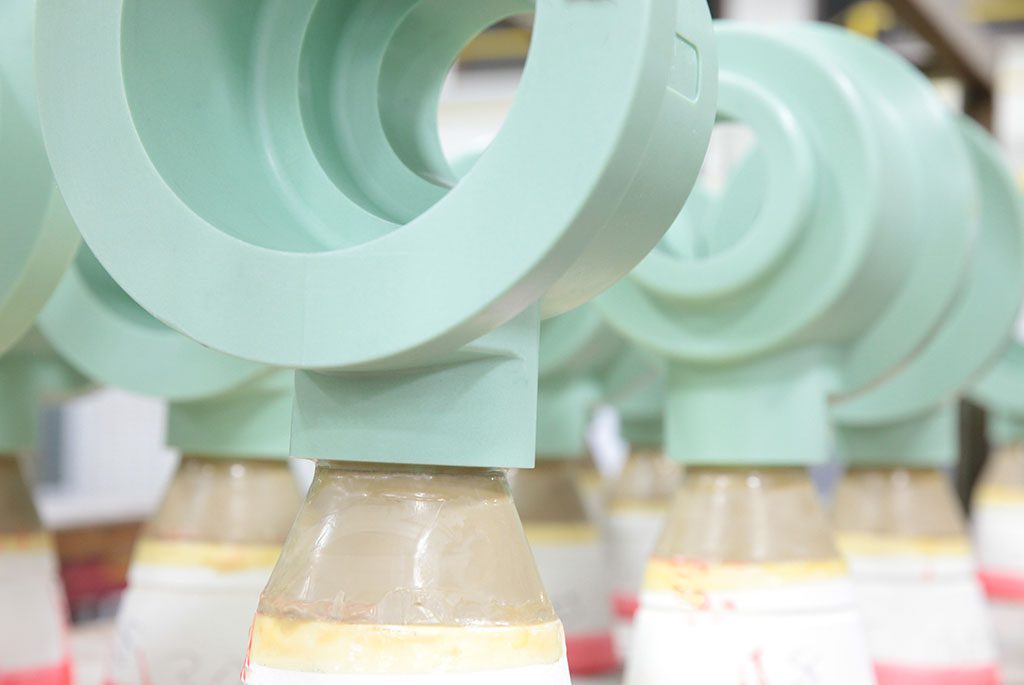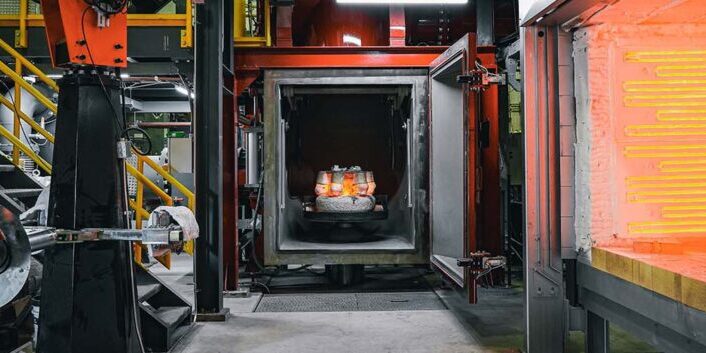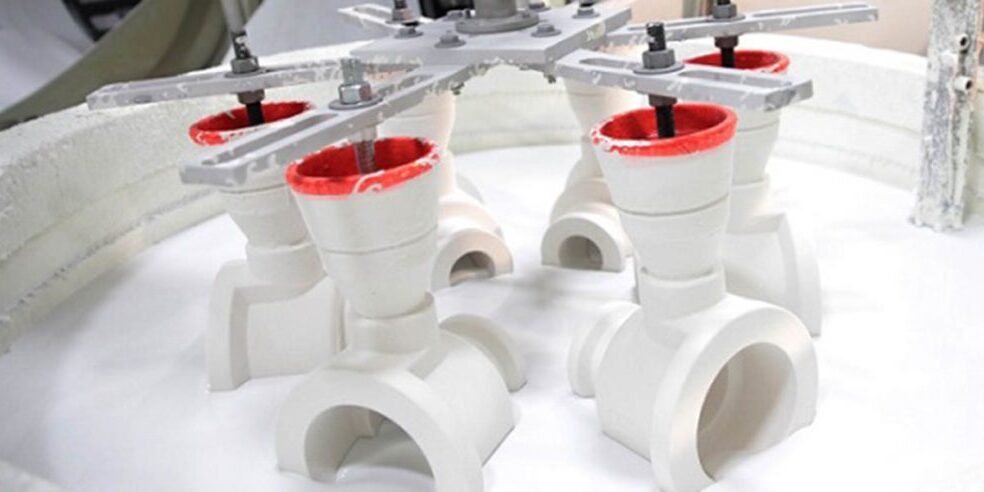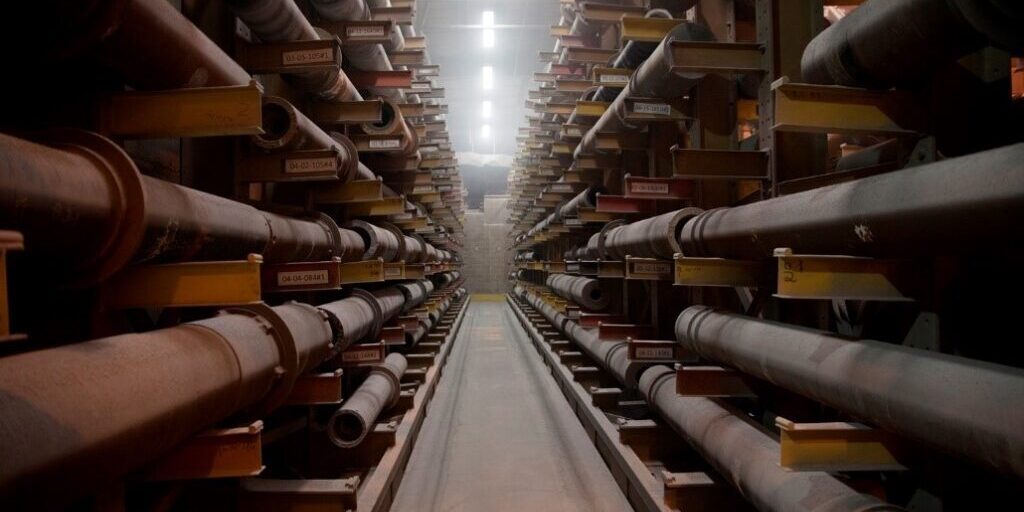Blog Types Of Wax Used In The Investment Casting Process
Investment casting, also known as lost wax casting, is a metal casting method for shaping metal parts that often have more intricate cavities or geometries. The process begins with shaping the final part out of wax, adding a ceramic shell over the wax, and then melting the wax out of the shell. Molten metal is then poured into the ceramic shell, hardened, and then removed for the final metal part.
One of the keys to the process is the type of wax used. The wax arrives in pucks, billets, or pastilles (mini beads). This guide covers the common types of investment casting waxes. The most common waxes include filled pattern wax, non-filled pattern wax, runner wax, sticky wax, and water-soluble wax.

Filled Pattern Wax
Filled pattern waxes contain additives such as ceramic or metal powders to enhance mechanical properties and dimensional control. One common additive is bisphenol-A (BPA). Filled pattern waxes are commonly used for large or complex patterns where strength and rigidity are crucial. The additives can also help by minimizing shrinkage during the cooling period. When pouring metals at various temperatures, a filled pattern wax is a great option for creating the mold as it allows greater dimensional tolerances.
However, with additives, filled pattern waxes are often costly compared to non-filled pattern waxes. They can be trickier to process and work with than non-filled waxes and availability of the material can be a concern. With additives, recycling the wax can be difficult and sometimes not possible. Density issues arise with the fillers, and filled pattern waxes sometimes must be burnt out of the ceramic shell.
Non-Filled Pattern Wax
Non-filled pattern wax, also known as unfilled wax, is a simple wax formulation without additives. These waxes are widely used for run-of-the-mill investment casting applications where cost and ease of use are priorities. Non-filled pattern waxes are easier to work with, without having additives. They have good flow properties and dewaxes from the shell entirely – meaning easy to recycle and reuse. Overall, non-filled pattern waxes are highly versatile, offer exceptional surface quality, and are available in various formulations and grades.
On the flip side, non-filled pattern waxes tend to offer lower strength and dimensional stability compared to filled pattern waxes. They are susceptible to shrinkage and distortion during cooling, which may then require wax chills. When it comes to project scale, large or complex patterns requiring added strength are not great fits. Non-filled pattern waxes are suitable for small and medium projects or complex patterns and cavities.
Runner Wax
Runner wax, also known as gating wax, has excellent flow properties. This type of wax is critical in ensuring the proper filling of molds. This helps with precise gating system formation. It has good adhesion to mold surfaces, ensuring leak-free gating channels. The use of runner wax helps optimize the flow of molten metal and minimize the formation of defects in the final parts. Runner wax has a lower melting point compared to other waxes, which aids in the wax completely melting out and not requiring higher temperatures, potentially hurting the shell.
Sticky Wax
Sticky wax, as the name suggests, is a tacky wax used for assembling various wax patterns. The adhesive properties make it crucial for intricate parts or repairs. Sticky wax is easy to manipulate and shape, allowing for wide versatility in its application. It works well with numerous wax pattern types.
Sticky wax can only be used for pattern assembly or repair tasks, it is not a substitute for a pattern wax. Excess sticky wax residue can be tricky to remove, so extra cleaning can be required. Low temperatures can cause sticky wax to become brittle and increase the risk of breakage.
Water-Soluble Wax
Water-soluble wax offers a sustainable alternative to traditional pattern wax materials. Parts with intricate geometries and cavities are aided by using water-soluble waxes. The cores created from water-soluble wax can be placed within a pattern wax mold and then easily dissolved while leaving the rest of the mold intact. By dissolving in water, this soluble wax leaves behind clean and residue-free molds. As environmental concerns continue to arise, water-soluble waxes are a great solution.
Investment casting waxes come in a diverse array of options, each catering to specific casting requirements. Begin your next metal casting project at MetalTek today.



